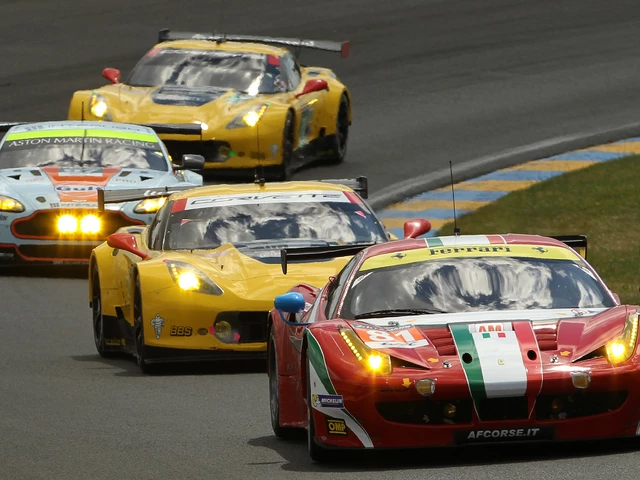Introduction to Car Racing
Car racing is an adrenaline-charged sport that has captivated audiences worldwide. The thrill of high-speed vehicles, the roar of engines, the daring maneuvers, and the sheer unpredictability of the race outcome make it one of the most exhilarating sports to watch and follow. But have you ever wondered why the apex of car racing is known as 'Formula 1'? Or why there are other 'formula' categories in racing? This article will delve into the origins of these terms and shed light on the fascinating world of car racing.
The Concept of 'Formula'
The term 'Formula' in car racing doesn't refer to a mathematical equation or a chemical concoction. Instead, it refers to a set of rules and regulations that all participants and vehicles must follow. This 'formula' ensures fair competition, maintains safety standards, and defines the specifications of the racing vehicles. The specifics of the 'formula' can vary depending on the racing category, hence the different 'Formula' designations.
What is 'Formula 1'?
Perhaps the most well-known of all car racing categories, Formula 1, often abbreviated as F1, is the pinnacle of open-wheel car racing. The '1' in Formula 1 signifies that it's the highest level of international professional motorsport. This prestigious category is governed by the International Automobile Federation (FIA), and its 'formula' is perhaps the most stringent and detailed of all. It dictates everything from the weight and size of the vehicles to the type of fuel used, the design of the engines, and even the format of the race itself.
Understanding Lower Formula Categories
Besides Formula 1, there are other lower 'Formula' categories, such as Formula 2, Formula 3, and Formula 4. These designations represent different levels of professional racing, each with their own specific 'formula' or set of rules. For example, Formula 2 is often seen as the stepping stone to Formula 1, where up-and-coming drivers hone their skills before moving up to the premier category. The vehicles in lower 'Formula' categories are typically less powerful and feature fewer technological advances than those in Formula 1.
The Evolution of 'Formula' Rules
Over the years, the 'formula' rules in each category have evolved to keep up with technological advancements, increasing safety standards, and the changing landscape of the sport. For instance, in recent years, there's been a greater emphasis on sustainability in Formula 1, with rules being updated to encourage the use of hybrid technology and more efficient fuels. This evolution of the 'formula' rules ensures that car racing continues to be a dynamic and forward-thinking sport.
The Impact of 'Formula' on Car Racing
The 'formula' in each racing category plays a significant role in shaping the sport. It not only sets the standards for competition but also drives innovation in automotive technology. Many advancements that we see in everyday cars, such as improved aerodynamics, energy recovery systems, and safety features, were first developed and tested in the high-stakes environment of car racing. The 'formula' rules also help to maintain the sport's appeal, ensuring that races are exciting, competitive, and unpredictable.
Conclusion: The Power of 'Formula'
In conclusion, the use of the term 'Formula' in car racing represents far more than just a label for different racing categories. It signifies a unique set of rules that govern each category, driving competition, innovation, and safety in the sport. So whether you're a die-hard fan of Formula 1 or just a casual viewer, you now have a deeper understanding of what makes each race and each category unique. And who knows, this knowledge might just make watching the next race even more exciting!









Write a comment